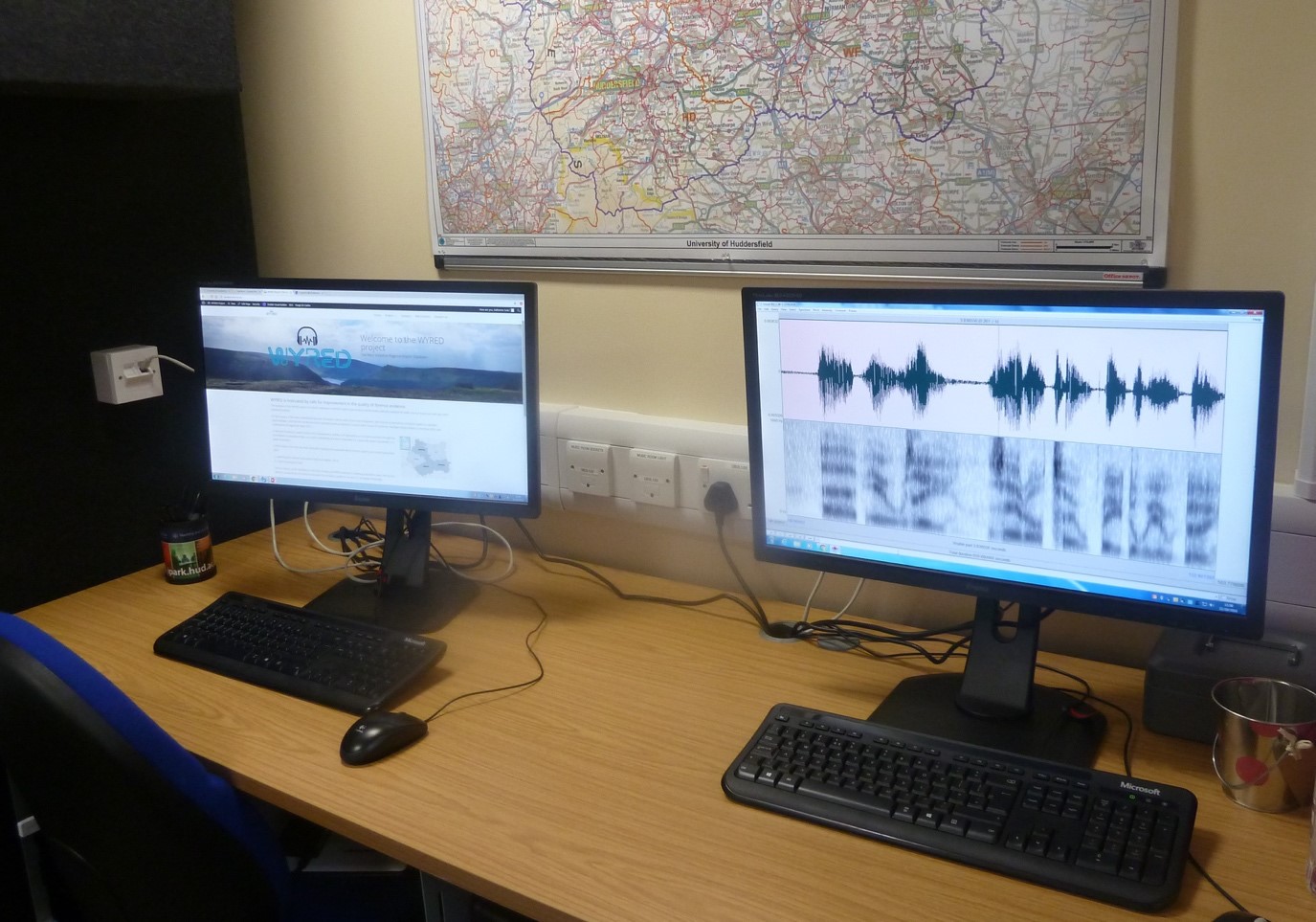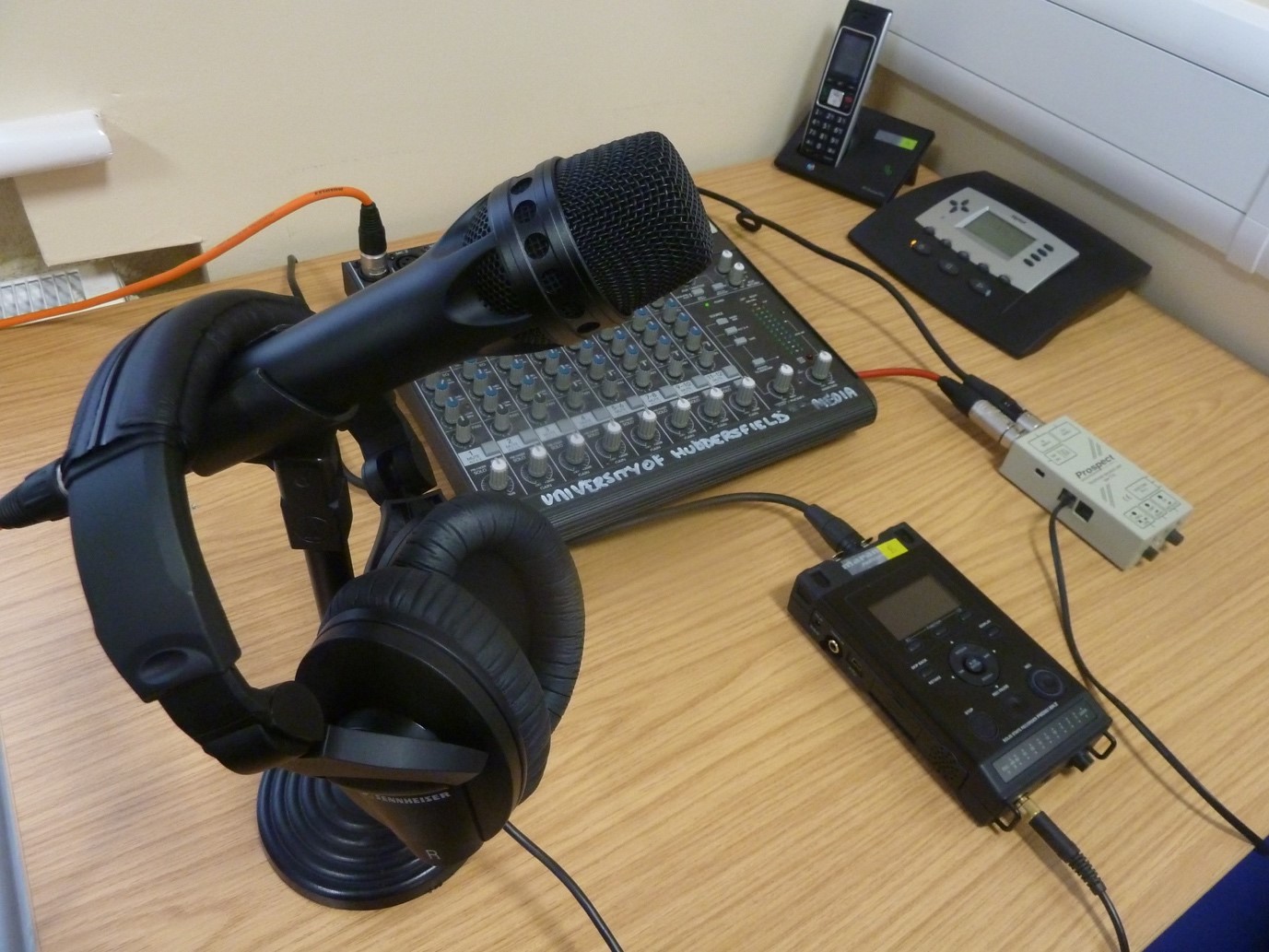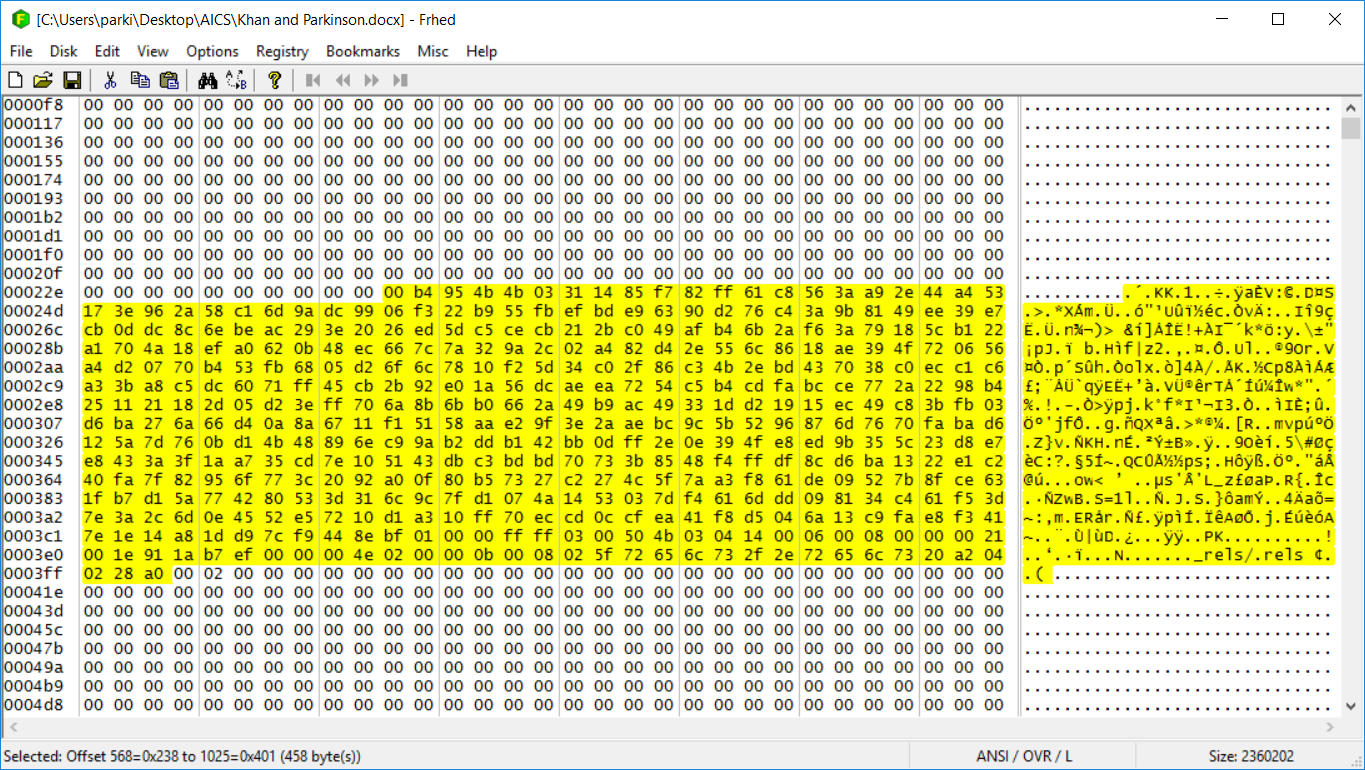Forensic Science and Criminal Justice
The use of accurate and reliable Forensic Science underpins any criminal investigation. The whole Criminal Justice process can be undermined by poorly understood or interpreted forensic evidence. Members of SSI are court-reporting, casework-active, internationally-renowned forensic scientists in a variety of disciplines, including Forensic Linguistics, Forensic Ballistics, Forensic Anthropology and Forensic Entomology.
Forensic Ballistic Research
The EPSRC Centre for Advanced metrology in the School of Computing and Engineering have an internationally renowned expertise in surface measurement and characterisation. In the recent past, they have turned their attention to developing characterising methodologies for ballistic evidence through the application of surface measurement technologies developed in the engineering field. In particular, they utilise areal surface data collected from cartridge cases and recovered bullets and developed several matching algorithms which facilitates matching of ballistic evidence to crime scenes for particular firearms. This work has resulted in a recent European patent. Partners in their work include Forensic Pathways, and they are developing links with CAST and the Yorkshire and Humber Regional Support Services through the SSI.
Forensic Anthropology Research
Forensic Anthropology involves the identification of unknown human remains that have been compromised in some way, such as decomposed, fragmented, burned, submerged or skeletonised. The Forensic Anthropology Research Group works with national and international academic and practitioner partners, including Yorkshire and Humber Police, Police Service Northern Ireland, Centre for Science and Technology (CAST), Human Remains Detection dog handlers and instructors, and many more.
Decomposition and Taphonomy
The nature of human decomposition is still poorly understood in the context of UK climate, insects and fauna. This on-going research aims to investigate the rate of decomposition in a variety of conditions, and improve methods of accurate post-mortem interval estimation, location of clandestine burials, and understand and the factors that influence its rate, using animal analogues on a purpose-built taphonomy research facility. Dr Anna Williams (link to http://www.forensicanna.com/) is also researching the ethical, legal and moral challenges to establishing the first Human Taphonomy Facility in the UK. More can be found out here: http://htf4uk.blogspot.co.uk/
Disaster Victim Identification and holistic disaster management approaches
After disaster, the requirements of the bereaved and those of the criminal investigation or identification process can sometimes come into conflict. This research explores potential areas of conflict and the opportunities to minimise them through holistic disaster management. It also explores how disaster victim identification (DVI) techniques can be improved, and how the methods can be standardised internationally, and efficiency increased.
Dominance of women in Forensic Anthropology education and practice
The dominance of women in Forensic Anthropology is a worldwide phenomenon that extends to education and professional practice. It bucks the trend for lower numbers of women in other STEM subjects. This research has examined possible motivations and inspirational factors for men and women joining the discipline, and investigated career progression and retention on a gender level.
Trauma analysis of skeletal remains
This research has focussed on the methods for determining the ‘age’ of a fracture, or the time elapsed since trauma occurred. It has explored methods of distinguishing between ante-, peri- and post-mortem trauma.
Forensic Entomology Research
PMI estimation of burned remains
Burning prevents the use of the classical thanato-chronological techniques for PMI (Post Mortem Interval) evaluation. Preliminary experiments demonstrate that the entomological approach can be used in case of burned remains. This research deals with the study of burned remains in different conditions and their location (buried after burning, concealed, exposed, etc).
Characterisation of human DNA from old cases
Insect remains can be found in old crime scene in absence of the cadaver. Several examples have been reported from different countries (UK, Italy, France). Insects associated with body decomposition may have human DNA traces on their cuticles. Preliminary investigations on 15 years old puparia collected from a crime scene gave positive results in human DNA extraction. The research deals with the development of a standard technique for human DNA extraction and typing in these cases.

Forensic Speech Science - WYRED: West Yorkshire Regional English Database
The field of forensic speech science is largely hindered by the lack of population statistics (Gold and Hughes, 2014) and forensically-relevant speaker databases. Without population statistics, it is difficult for experts to accurately (and transparently) estimate the typicality of a speech parameter for a given population.
Motivated by the inherent lack of population statistics, the West Yorkshire Regional English Database (WYRED) – supported by the Economic and Social Research Council (ES/N003268/1), will collect the largest forensically-relevant British English database. This database builds upon the work of the first forensically-relevant English database (DyViS; Nolan et al., 2009).
WYRED will include a total of 180 male speakers that will come from three metropolitan boroughs within the county of West Yorkshire: Bradford, Kirklees, and Wakefield. Participants will be required to have English as their first and only language, have gone to school in one of the three areas, and grown up in an English-only speaking household.
The database will consist of four tasks recorded over two sessions that will be separated by approximately one week. The speaking style in all four tasks will be spontaneous and the recording quality will vary between studio and telephone.
More information can be found at www.wyredproject.co.uk
Team: Dr Erica Gold (PI), Kate Earnshaw & Sula Ross (RAs)
Gold, E. and Hughes, V. (2014). Issues and opportunities: The application of the numerical likelihood ratio framework to forensic speaker comparison, Science and Justice, 54 (4), pp. 292-299.
Nolan, F., McDougall, K., de Jong, G. and Hudson, T. (2009). The DyViS database: style-controlled recordings of 100 homogenous speakers for forensic phonetic research. International Journal of Speech, Language and the Law, 16(1), pp. 31-57.


